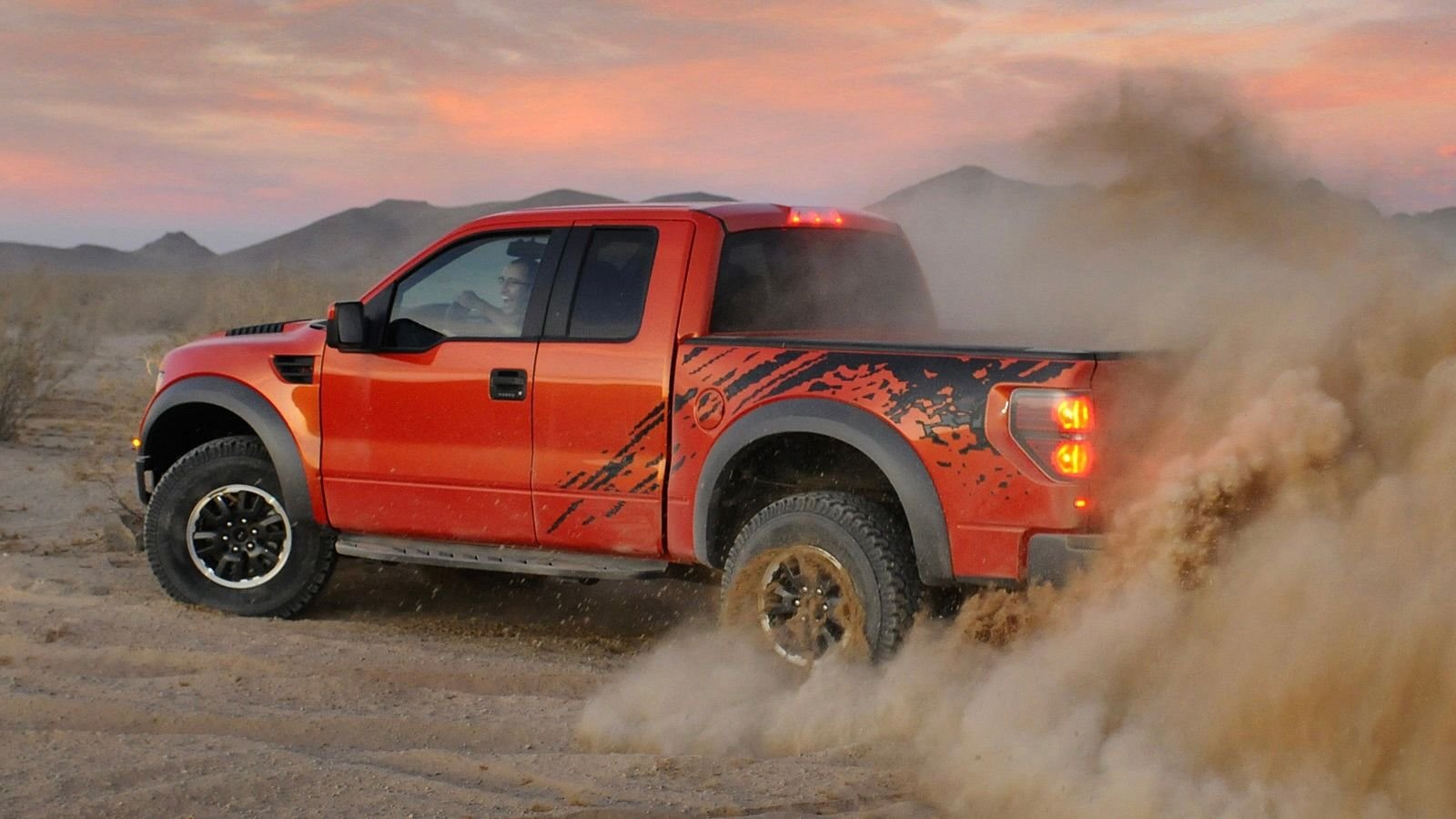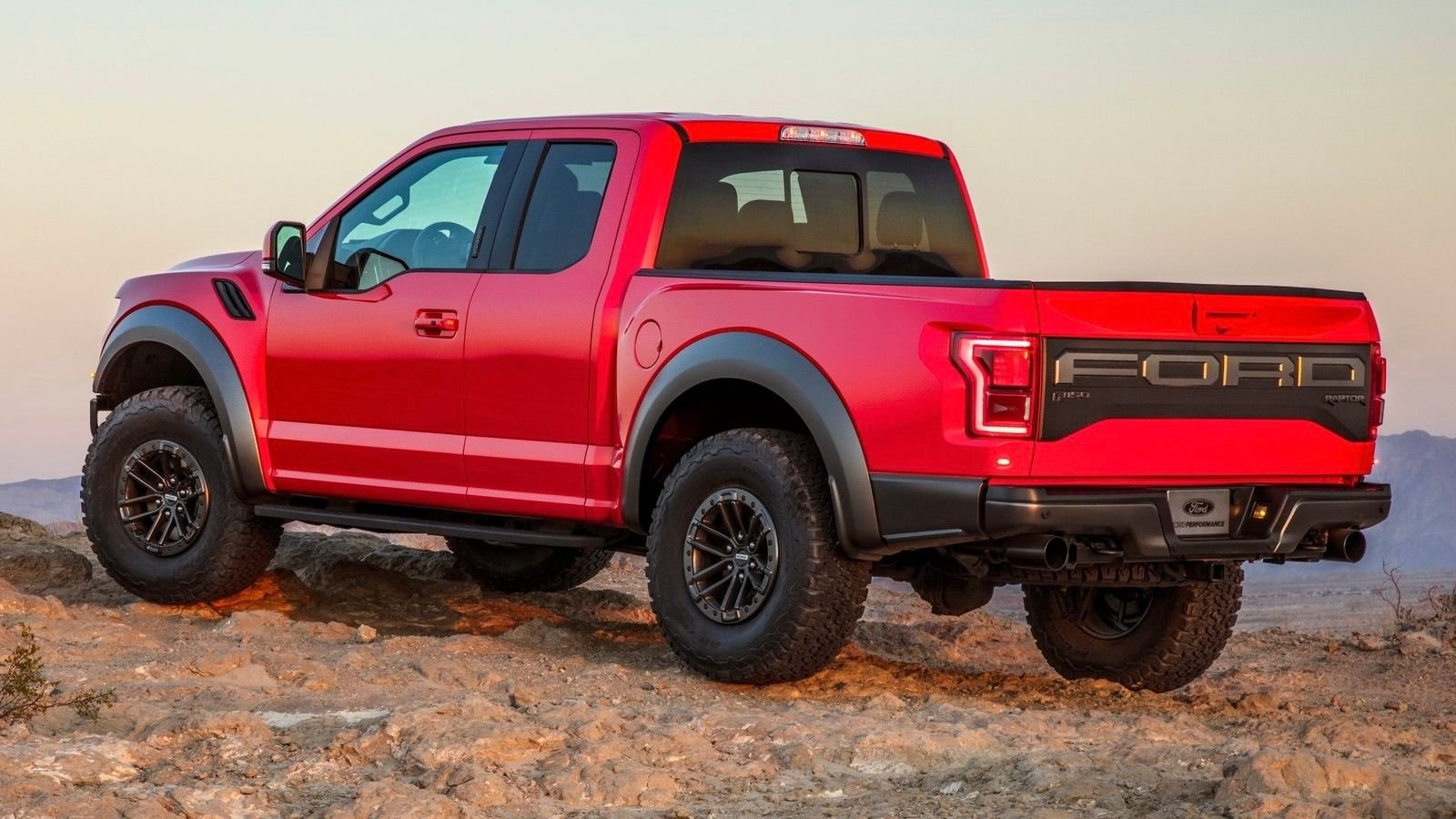Here's How All Three F-150 Raptor Generations Stack Up
Here's how Ford's rugged high-performance off-roader has evolved over the years.














Generational Talent
It may seem hard to believe at this point, but the Ford F-150 Raptor has now been around for three generations and over a decade. Regardless, the high-performance off-roader has arguably never been as popular as it is now, particularly as more and more people seek out this type of rugged vehicle. However, the F-150 Raptor has undergone some major changes throughout its lifespan, ones that are worth taking a closer look at to see how they stack up with each other.
Photos: Ford
First Generation
The first-gen F-150 Raptor bowed in 2009 for the 2010 model year as sort of an off-road version of the prior SVT Lightning, and it was an instant hit for the Blue Oval. In terms of powerplants, the very first Raptor came equipped with Ford's 5.4-liter Triton V8, which produced 310 horsepower and 365 pound-feet of torque. However, an optional 6.2-liter V8 offered more in that department - 411 horsepower and 434 pound-feet, though both are mated to a six-speed gearbox.
Photos: Ford
Less Cylinders, More Power
The second-gen F-150 Raptor took a drastic turn when it launched for the 2017 model year, however, as Ford ditched the V8 altogether and went with its twin-turbocharged 3.5-liter EcoBoost V6 instead. While many hated the move, the EcoBoost is much more powerful than either V8, cranking out 450 horsepower and 510 pound-feet of torque, and it's mated to Ford's 10-speed automatic.
Photos: Ford
Same Power
When the third-gen Raptor launched for the 2021 model year, most expected at least a modest power increase. However, that didn't happen, and even though it was revised somewhat, the truck's EcoBoost powerplant still pumps out identical power numbers to the previous generation. Bigger things are on the horizon with the supercharged 5.2-liter Predator V8 powered Raptor R, however.
Photos: Ford
Suspension Upgrades
The F-150 Raptor is also known for its suspension, which has utilized Fox internal bypass shocks since day one. The first-gen model is equipped with 2.5-inch dampers, as well as a double-wishbone front suspension with coils and a solid axle rear suspension with leaf springs, which is good enough to give the pickup 11.2 inches of front suspension travel and 12.1 inches in the rear.
Photos: Ford
Next-Gen
The second-gen model features larger, 3-inch diameter Fox internal bypass shocks with a double-wishbone front suspension and coilovers, a solid axle rear with leaf springs, and a better 13 inches of front suspension travel and 13.9 inches in the rear.
Photos: Ford
Going Further
Finally, the third-gen F-150 Raptor introduced a heavily revised suspension that features Fox Live Valve shocks measuring 3.1 inches in diameter, a double-wishbone front setup with coilovers, and the same old solid axle rear, albeit with a new five-link rear suspension with coilovers. That results are an even better 14 inches of front suspension travel, as well as 15 inches in the rear.
Photos: Ford
>>Join the conversation about the Ford F-150 Raptor right here in the forum.
For help with your maintenance and repair projects, please visit our how-to section of Ford-trucks.com.
